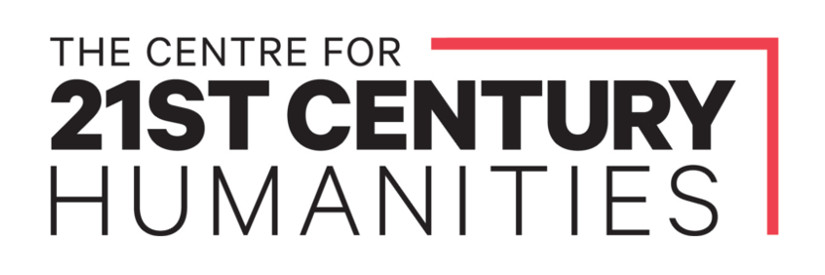| Narrative | Bowman quoted Tjuki Tjukanku Pumpjack's story (2015, p 89): '"Out in the middle there, over there on Angas Downs, in the middle, this side of Wilpiya, naked Anangu showed up at an old waterhole. You know, they didn't know about trousers, don't know clothes. Those naked Anangu they came from the west, came along when there were rations. They started getting rations, clothing, everything. Nowadays they're a bit flash, almost whitefellas. Yes, they sat and ate, naked. They speared a lot of cattle. They didn't understand properly. You know, they were spearing cattle those naked men, long ago. And McNamara, he shot them. Pow! Pow! Long ago, this side of Areyonga. Today they say he shot many. It happened a long time ago. They come from that way, Ayers Rock way was their country".'
This is corroborated by Rowse (1998, pp 63-64), who wrote: 'Bowman's memoirs, evidently written in the 1980s, do not reveal him to have been an advocate or practitioner of violence against Indigenous people, but he told Mervyn Hartwig in 1960 that, ultimately, "good" relationships had flowed from the shootings around Coniston. Guns are known to have been used in 1921, when the pastoralist McNamara killed an unknown number of people (estimates range from six to twenty-five) at Bowson's Hole – because a milking cow was speared'. From Pearce (cited in Davis and Prescott, 1988, np): 'It was also in about 1921 that McNamara shot a number of Aborigines (between six and 25, according to varying accounts) who had speared one of his milking cows…The incident had a profound effect on the people of the region, and it is still spoken of with awe. There can be little doubt that its disturbing effect was profound at the time'.
Palmer (2016, p 94) noted that 'Anangu know the incident as the "Old [Angas Downs] Station killings".' |
| Sources | Bowman, 2015, p 89; Davis & Prescott, 1988, np; Long, 1989, pp 9-43; Rowse, 1998, pp 63-64; Palmer, 2016, p 94; Palmer, 2022, p 60. (Sources PDF) |

